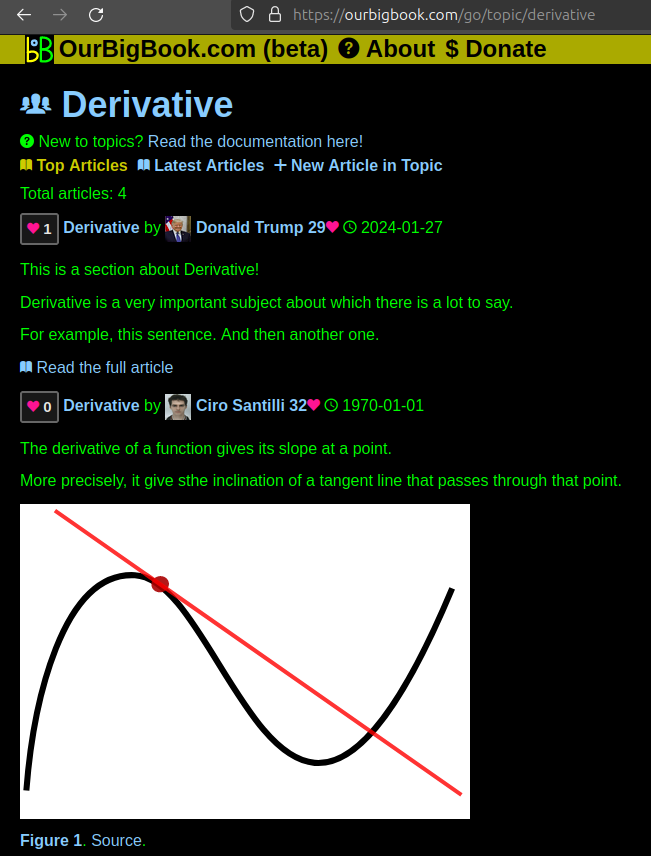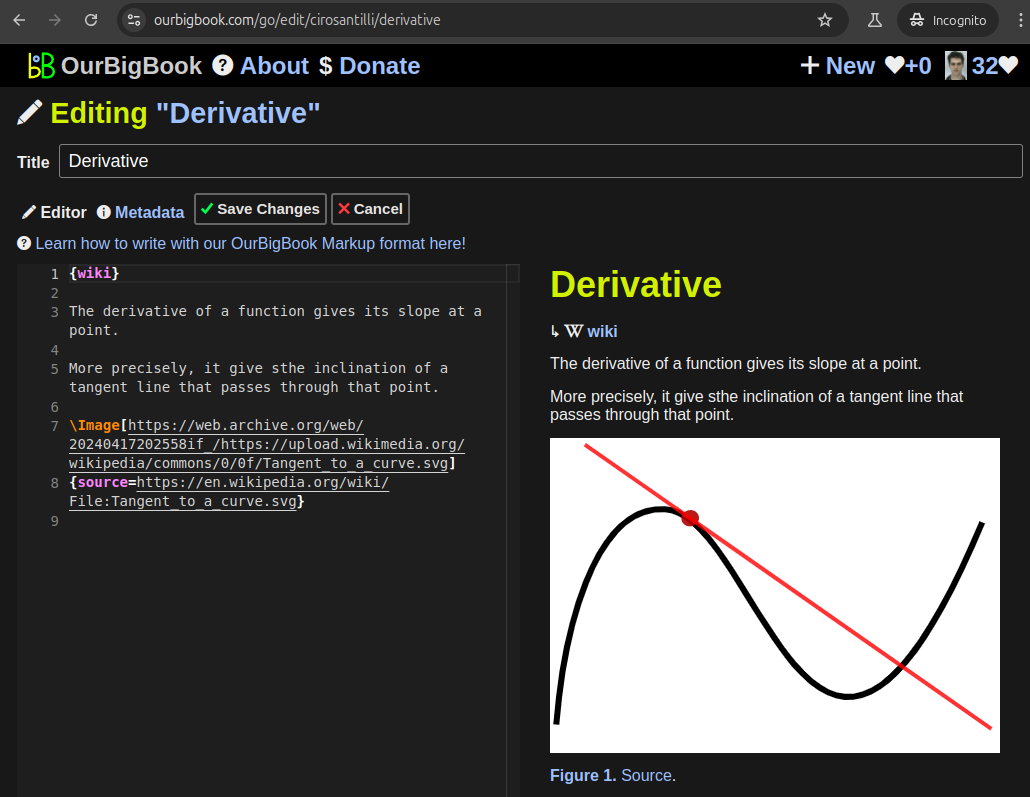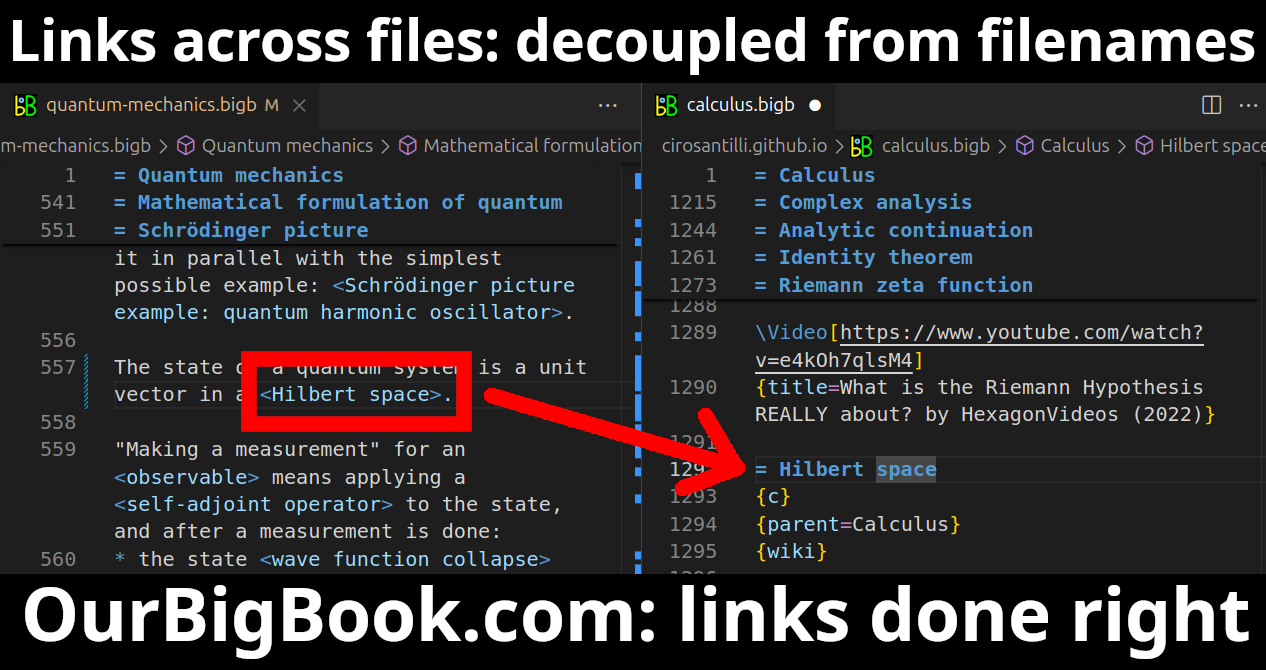The Chapman function typically refers to a mathematical formulation related to atomic and molecular processes, often used in the context of atmospheric physics and chemistry. One well-known application is in the context of the Chapman mechanism which describes the photodissociation of ozone in the atmosphere. The Chapman theories detail how ozone is created and destroyed in the stratosphere through processes involving ultraviolet radiation from the sun.
The Confluent hypergeometric function is a special function that arises in various areas of mathematics and physics, particularly in the context of solving differential equations. It is a limit case of the more general hypergeometric function and is particularly useful in situations where the parameters of the hypergeometric function simplify, leading to the confluent form.
The Boxcar function, also known as the rectangular function or the pulse function, is a type of piecewise function that is typically used in mathematics, physics, and engineering, particularly in signal processing and communications. It is defined as a function that is equal to one over a specified interval and zero elsewhere.
The Fresnel integrals are a pair of transcendental functions that arise in the study of wave optics, particularly in the context of diffraction and interference patterns.
The Incomplete Bessel K function and the generalized incomplete gamma function are specialized mathematical functions that arise in various fields including physics, engineering, and statistics. Let's break them down individually. ### Incomplete Bessel K Function The Incomplete Bessel K function, often denoted as \( K_\nu(x, a) \), is a variant of the modified Bessel function of the second kind, \( K_\nu(x) \).
The Incomplete Fermi-Dirac integral is a mathematical function that arises in the study of quantum statistical mechanics, particularly in connection with the behavior of fermions (particles that follow Fermi-Dirac statistics, such as electrons). This integral is particularly useful for systems at finite temperatures and is often involved in calculations related to electronic properties in materials, such as semiconductors and metals.
The Legendre chi function, often denoted as \( \chi(n) \), is a number-theoretic function that is related to the Legendre symbol, which is a function used to determine whether an integer is a quadratic residue modulo a prime.
Silopi is a district located in Şırnak Province in southeastern Turkey, and it is known for its deposits of asphaltite, a naturally occurring solid hydrocarbon. Asphaltite is a type of asphalt that has a higher carbon content than traditional asphalt and is used in various applications, including road construction, roofing, and as a fuel source. The Silopi asphaltite mine refers to the mining operations in this region, where asphaltite is extracted for commercial use.
Diffuse reflectance spectroscopy (DRS) is a technique used to analyze the optical properties of materials by measuring the light that is scattered from a sample. This method is particularly useful for studying opaque or semi-opaque samples, where traditional transmission spectroscopy would not be feasible due to light absorption or scattering. ### Key Concepts: 1. **Theory**: When light is incident on a sample, it can be absorbed, reflected, or transmitted.
A transcendental function is a type of function that cannot be expressed as a solution of any algebraic equation with integer (or rational) coefficients. In other words, transcendental functions are not algebraic functions, which means they cannot be constructed from a finite number of additions, subtractions, multiplications, divisions, and taking roots of rational numbers.
Emission spectroscopy is an analytical technique used to identify and quantify the chemical composition of substances based on the light emitted by atoms or molecules when they are excited. When a substance is exposed to energy, such as heat or electromagnetic radiation, its electrons can be excited to higher energy levels. When these excited electrons return to their lower energy states, they release energy in the form of light (photons).
X-ray spectroscopy is an analytical technique used to study the properties of materials by examining the interaction of X-rays with matter. This method allows researchers to identify the elemental composition and electronic structure of samples at the atomic level. Here are some key points about X-ray spectroscopy: 1. **Principles**: When X-rays are directed at a material, they can be absorbed, emitted, or scattered.
A bathochromic shift, also known as a red shift, refers to the phenomenon where the absorption or emission spectrum of a substance shifts to longer wavelengths (lower energy) when it undergoes a change in its environment or structure.
The Benesi–Hildebrand method is a spectroscopic technique used primarily in analytical chemistry to determine the stability constants of complexes formed between a ligand and a metal ion. It is often employed in the context of UV-Vis spectrophotometry.
Aggregation-induced emission (AIE) refers to a photophysical phenomenon observed in certain luminescent materials, particularly organic compounds. Unlike traditional fluorescent materials, which often experience a decrease in emission intensity (quenching) when they aggregate, AIE-active compounds exhibit enhanced emission when they are in an aggregated state.
Airborne Real-time Cueing Hyperspectral Enhanced Reconnaissance (ARCHER) is an advanced reconnaissance system designed for military and intelligence applications. This system utilizes hyperspectral imaging technology, which involves capturing and analyzing light in many different spectral bands beyond the visible spectrum. Here’s a breakdown of its key components and features: 1. **Hyperspectral Imaging**: Unlike conventional cameras that capture light in just a few bands, hyperspectral imaging collects information across hundreds of spectral bands.
The Airborne Visible/Infrared Imaging Spectrometer (AVIRIS) is a specialized remote sensing instrument designed for capturing high-resolution spectral images of the Earth's surface. Developed by NASA's Jet Propulsion Laboratory (JPL), AVIRIS is used primarily for scientific research in various fields, including geology, ecology, and environmental monitoring.
Anisotropic terahertz microspectroscopy is a technique that combines terahertz (THz) spectroscopy with imaging to study materials and biological samples at the microscopic level, focusing on their anisotropic properties. Here's a breakdown of the key components: 1. **Terahertz Spectroscopy**: Terahertz radiation occupies the frequency range between microwave and infrared light, typically from about 0.1 to 10 THz (or 0.3 to 30 mm wavelengths).
The term "forbidden mechanism" can have different meanings depending on the context in which it is used. Here are a few interpretations across different fields: 1. **Physics and Chemistry**: In these disciplines, a "forbidden mechanism" often refers to a reaction pathway or process that is not allowed under the laws of conservation or quantum mechanics. For example, in nuclear physics, certain decay processes may be classified as "forbidden" if they do not obey the selection rules governing allowed transitions.
Pinned article: Introduction to the OurBigBook Project
Welcome to the OurBigBook Project! Our goal is to create the perfect publishing platform for STEM subjects, and get university-level students to write the best free STEM tutorials ever.
Everyone is welcome to create an account and play with the site: ourbigbook.com/go/register. We belive that students themselves can write amazing tutorials, but teachers are welcome too. You can write about anything you want, it doesn't have to be STEM or even educational. Silly test content is very welcome and you won't be penalized in any way. Just keep it legal!
Intro to OurBigBook
. Source. We have two killer features:
- topics: topics group articles by different users with the same title, e.g. here is the topic for the "Fundamental Theorem of Calculus" ourbigbook.com/go/topic/fundamental-theorem-of-calculusArticles of different users are sorted by upvote within each article page. This feature is a bit like:
- a Wikipedia where each user can have their own version of each article
- a Q&A website like Stack Overflow, where multiple people can give their views on a given topic, and the best ones are sorted by upvote. Except you don't need to wait for someone to ask first, and any topic goes, no matter how narrow or broad
This feature makes it possible for readers to find better explanations of any topic created by other writers. And it allows writers to create an explanation in a place that readers might actually find it.Figure 1. Screenshot of the "Derivative" topic page. View it live at: ourbigbook.com/go/topic/derivativeVideo 2. OurBigBook Web topics demo. Source. - local editing: you can store all your personal knowledge base content locally in a plaintext markup format that can be edited locally and published either:This way you can be sure that even if OurBigBook.com were to go down one day (which we have no plans to do as it is quite cheap to host!), your content will still be perfectly readable as a static site.
- to OurBigBook.com to get awesome multi-user features like topics and likes
- as HTML files to a static website, which you can host yourself for free on many external providers like GitHub Pages, and remain in full control
Figure 3. Visual Studio Code extension installation.Figure 4. Visual Studio Code extension tree navigation.Figure 5. Web editor. You can also edit articles on the Web editor without installing anything locally.Video 3. Edit locally and publish demo. Source. This shows editing OurBigBook Markup and publishing it using the Visual Studio Code extension.Video 4. OurBigBook Visual Studio Code extension editing and navigation demo. Source. - Infinitely deep tables of contents:
All our software is open source and hosted at: github.com/ourbigbook/ourbigbook
Further documentation can be found at: docs.ourbigbook.com
Feel free to reach our to us for any help or suggestions: docs.ourbigbook.com/#contact






